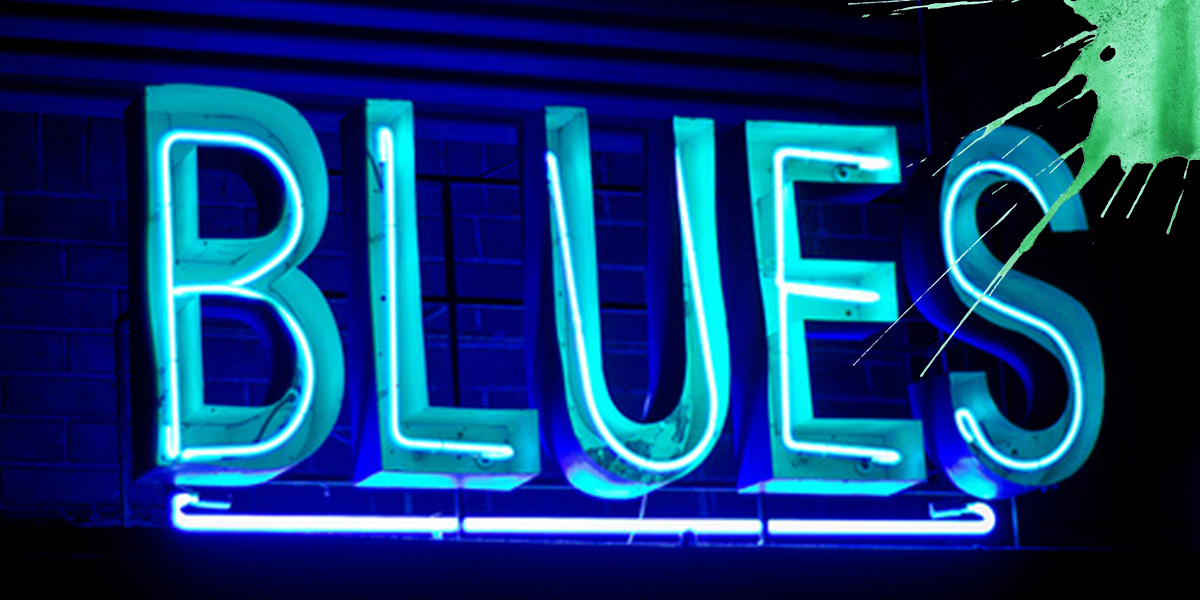100 Years of Jazz: Blues

Blues
Blog by Louise Balkwill
Alongside the evolution of the music from Congo Square in the 19th Century, before the abolition of the slave trade in America, another type of slave music grew in the Southern plantations; Blues.
Blues found its origins in the Mississippi Delta, when slaves would sing about their sorrows while picking cotton and working in the fields. It was initially considered a type of folk music and was popular only among African slaves and their descendants, frowned upon by the middle and upper class Americans of European decent.
Early types of blues music included spirituals (religious songs using vocal harmony) and work songs. Work songs were structured in a call and response fashion and lyrics were largely improvised before any transcribed or recorded compositions arose.
Here is a short documentary on “Slave Songs”, possibly the first published book of work songs and spirituals sung by African Americans in the 1800’s. These songs evolved into what we know as blues, and the book most probably contains the first ever compilation of transcriptions of the genre.
As blues and jazz have similar origins, the two genres married perfectly when the aural traditions of both were passed from state to state among musicians and travellers. Jazz musicians all over the world still play what we have come to know as “jazz blues” .
The “Blues Scale”
Today, the blues is easily recognisable by its form (usually 12 bars, explained later on in this blog) and “blues notes”, otherwise known as “worried notes” – these are flattened 3rds, 7th and sometimes 5ths that give the music its melancholic, implied minor feel. These can be found in what is known as the blues scale, a scale that can be used as a good starting place to practise improvisation on the blues;
12 Bar Blues
The basic blues structure is made up of 12 bars (3 groups of 4 bars), like so: A great example of this is W.C. Handy’s 1915 composition, “Joe Turner Blues” – have a listen!
A great example of this is W.C. Handy’s 1915 composition, “Joe Turner Blues” – have a listen!
Other Blues Forms
Although most blues that we know today is constructed as above, there is also eight bar blues, sixteen bar blues, minor blues and other variations.
Check out Sister Rosetta Tharpe’s rendition of “Trouble In Mind”, an eight bar blues:
Give it a go!
Why not have a go at writing your own? Here are some blues lyrics by one of the 20th century’s best loved jazz singers, Billie Holiday. See how the first two lines are the same, and the last line rhymes with them?
My man don’t love me, treats me awful mean
My man don’t love me, treats me awful mean
He’s the lowest man that I’ve ever seen
Let us know what you come up with! If you need more inspiration, check out this blues composition by one of our amazing pupils, Tilda!
